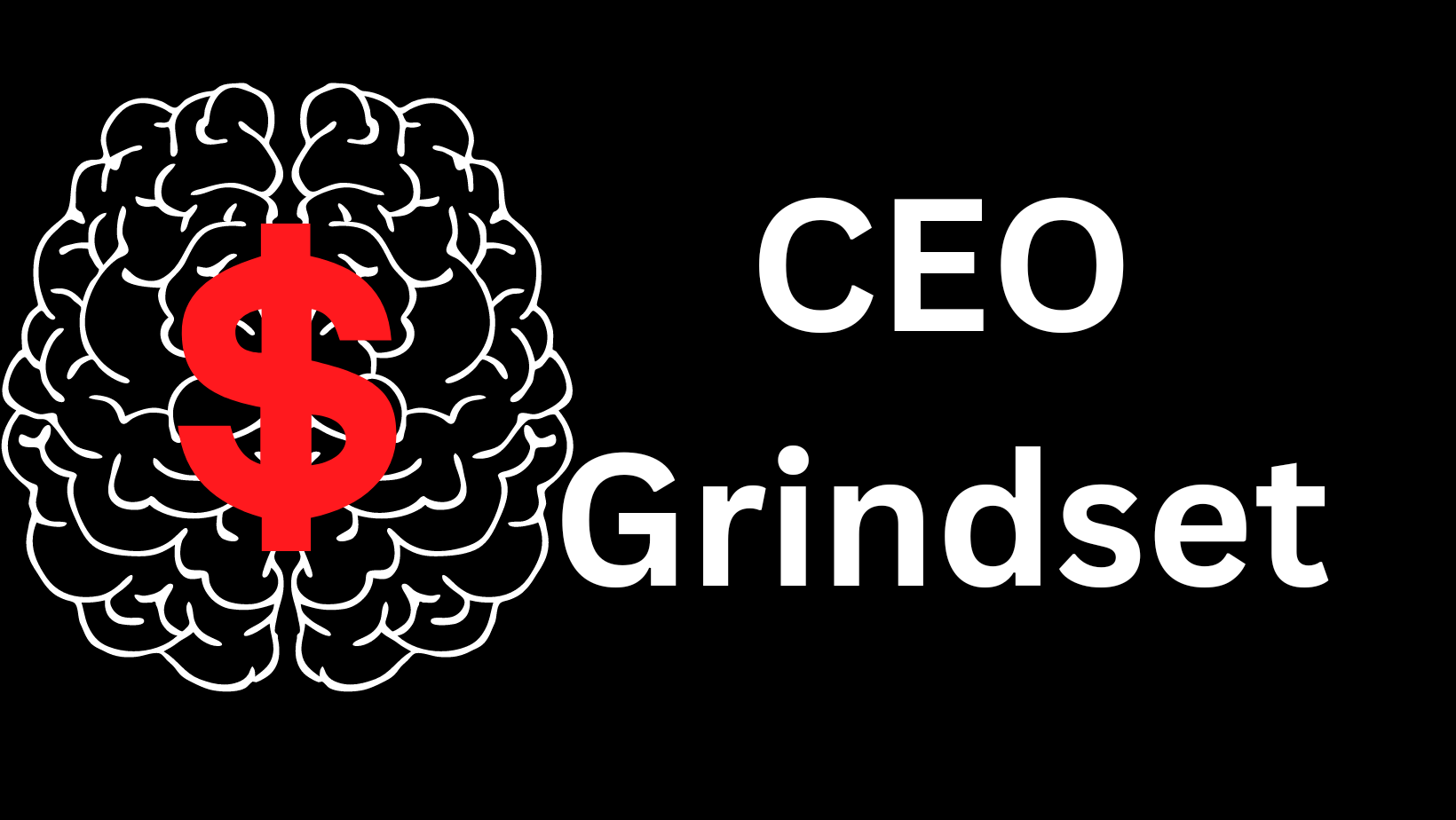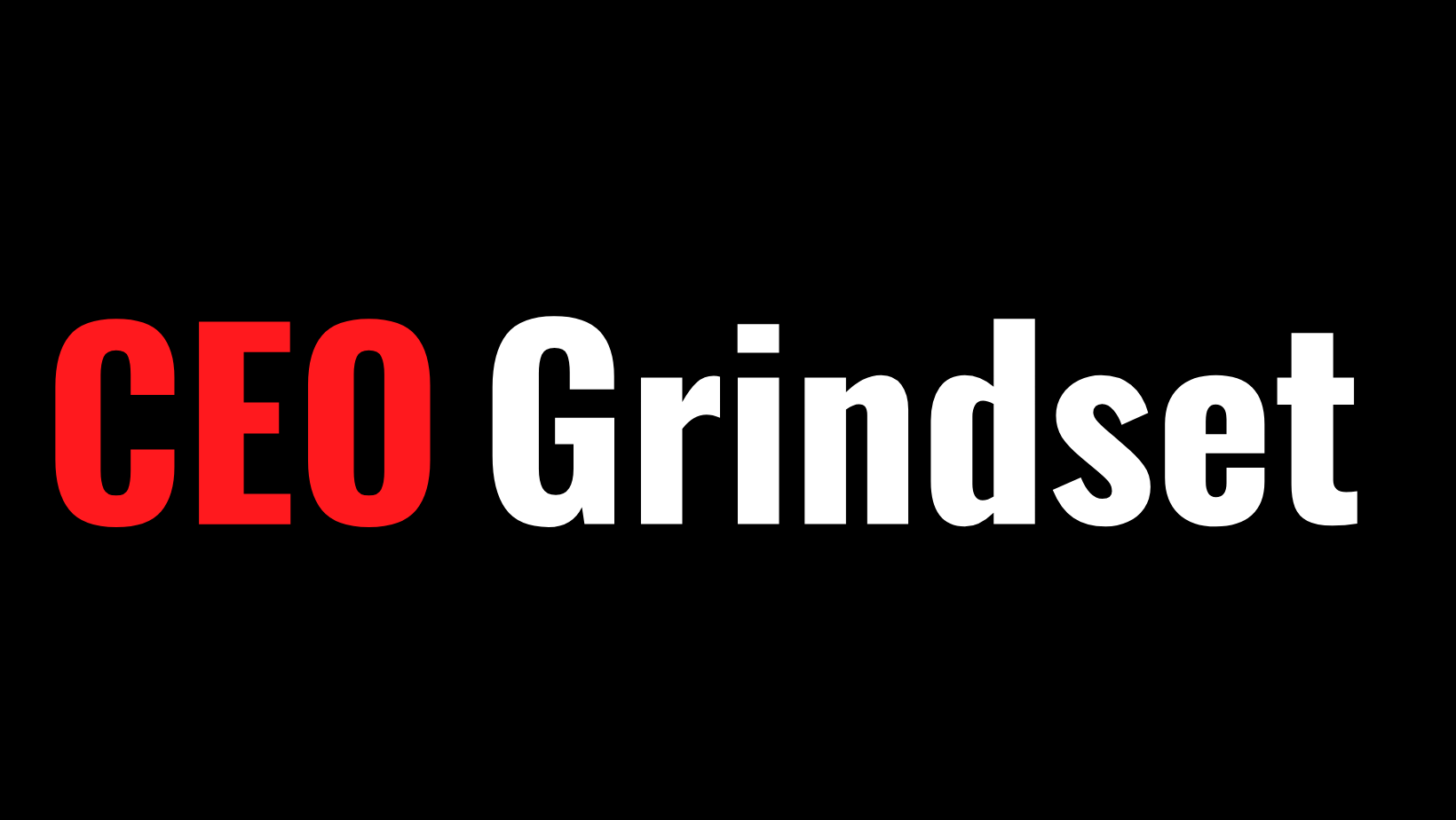Inside This Article
What Is Marketing? Understanding the Heart of Business
Marketing is one of the most fundamental elements of business, yet it’s often misunderstood or oversimplified. For many, marketing might conjure up images of flashy advertisements, catchy slogans, or aggressive sales tactics. However, the true essence of marketing goes far beyond these surface-level activities.
It is a multifaceted discipline that involves understanding customer needs, creating value, and building relationships that benefit both the company and its customers.
In today’s competitive business landscape, marketing is not just a department within a company; it’s a vital function that impacts every aspect of a business, from product development to customer service. In this article, we’ll delve deep into what marketing really is, exploring its various components, strategies, and its critical role in the success of any business.
The Definition of Marketing
At its core, marketing is about identifying and meeting human and social needs in a way that satisfies the company’s goals.
According to the American Marketing Association (AMA), marketing is defined as “the activity, set of institutions, and processes for creating, communicating, delivering, and exchanging offerings that have value for customers, clients, partners, and society at large.”
This definition highlights several key aspects of marketing:
- Creating Value: Marketing is not just about selling a product or service; it’s about creating value for the customer. This involves understanding what the customer needs and desires and then developing products or services that fulfill those needs.
- Communication: Once value is created, it must be communicated to the target audience. This is where branding, advertising, and promotion come into play.
- Delivery: Ensuring that the product or service is accessible to the customer is another crucial aspect of marketing. This involves logistics, distribution channels, and customer service.
- Exchange: Marketing is also about facilitating an exchange between the company and the customer. This exchange could be monetary, but it could also involve time, attention, or information.
The Evolution of Marketing
Marketing has evolved significantly over the past century. Initially, marketing was very product-centric, focusing primarily on producing goods and then selling them. However, as markets became more saturated and consumers more discerning, companies realized that they needed to adopt a more customer-centric approach.
Here’s a brief look at how marketing has evolved over the years:
- Product-Oriented Era: In the early 20th century, the focus was on producing goods as efficiently as possible. The belief was that if a product was good enough, it would sell itself. The emphasis was on mass production and economies of scale.
- Sales-Oriented Era: As competition increased, companies began to realize that they needed to actively sell their products. This era saw the rise of aggressive sales tactics and persuasive advertising to push products onto consumers.
- Marketing-Oriented Era: By the mid-20th century, companies began to recognize the importance of understanding consumer needs and preferences. The focus shifted from pushing products to satisfying customer needs. Market research became a critical tool, and the concept of the marketing mix (product, price, place, promotion) was developed.
- Relationship-Oriented Era: In the late 20th and early 21st centuries, the emphasis shifted towards building long-term relationships with customers. Companies began to focus on customer satisfaction, loyalty, and retention. The rise of digital marketing and social media further fueled this shift, enabling companies to engage with customers in real-time and build communities around their brands.
- Sustainability-Oriented Era: Today, marketing is increasingly focused on sustainability and social responsibility. Consumers are more aware of the impact their purchases have on the environment and society, and they expect companies to act responsibly. As a result, many companies are now integrating sustainability into their marketing strategies.
The Four Ps of Marketing
The marketing mix, commonly known as the Four Ps, is a foundational concept in marketing. It encompasses four key elements that companies use to develop their marketing strategies: Product, Price, Place, and Promotion.
- Product: This refers to what the company is offering to the market. It could be a physical product, a service, or even an idea. The product element involves decisions about design, features, quality, branding, and packaging. The goal is to create a product that meets the needs of the target market.
- Price: Pricing is a critical component of the marketing mix. It involves determining how much the customer will pay for the product. Pricing strategies can vary depending on the product, competition, market conditions, and the perceived value of the product. Pricing also includes considerations like discounts, payment terms, and financing options.
- Place: Also known as distribution, place refers to how the product will be made available to the customer. This involves choosing the right distribution channels, whether it be through physical stores, online platforms, or a combination of both. Place also involves logistics, inventory management, and supply chain considerations.
- Promotion: Promotion encompasses all the activities that communicate the value of the product to the target audience. This includes advertising, public relations, sales promotions, and personal selling. The goal of promotion is to create awareness, generate interest, and persuade customers to make a purchase.
The Importance of Market Research
Market research is a critical component of marketing. It involves gathering, analyzing, and interpreting information about the market, including customer needs, preferences, behaviors, and trends. Market research helps companies make informed decisions about product development, pricing, distribution, and promotion.
There are two main types of market research:
- Primary Research: This involves collecting data directly from the source. It can include surveys, interviews, focus groups, and observations. Primary research provides firsthand information that is specific to the company’s needs.
- Secondary Research: This involves analyzing data that has already been collected by others. It can include reports, studies, and statistics from government agencies, industry associations, and other sources. Secondary research is often used to complement primary research and provide a broader context.
Market research helps companies understand their target audience, identify opportunities, and mitigate risks. It is an essential tool for developing effective marketing strategies.
The Role of Branding in Marketing
Branding is another crucial aspect of marketing. A brand is more than just a logo or a name; it is the perception that customers have of a company and its products. Branding involves creating a unique identity for a product or company, one that resonates with the target audience and differentiates it from competitors.
A strong brand can create emotional connections with customers, build trust, and foster loyalty. It can also command premium pricing and provide a competitive advantage. Branding involves several key elements:
- Brand Identity: This includes the visual elements of the brand, such as the logo, colors, typography, and packaging. Brand identity should be consistent across all touchpoints to create a cohesive and recognizable image.
- Brand Positioning: This involves defining the brand’s place in the market and how it is perceived relative to competitors. Brand positioning is about identifying the unique value proposition that sets the brand apart.
- Brand Equity: This refers to the value that the brand adds to the product. It includes brand awareness, perceived quality, brand associations, and customer loyalty. Strong brand equity can lead to increased market share, higher profits, and a stronger competitive position.
Digital Marketing: The New Frontier
The rise of the internet and digital technologies has revolutionized marketing. Digital marketing involves using online channels and tools to reach and engage with customers. It includes a wide range of activities, such as search engine optimization (SEO), content marketing, social media marketing, email marketing, and online advertising.
Digital marketing offers several advantages over traditional marketing:
- Targeted Reach: Digital marketing allows companies to reach specific audiences based on demographics, interests, behaviors, and more. This targeted approach leads to more efficient use of resources and higher conversion rates.
- Measurable Results: Digital marketing provides detailed analytics and insights, allowing companies to track the performance of their campaigns in real-time. This data-driven approach enables companies to optimize their strategies for better results.
- Cost-Effective: Compared to traditional marketing methods like TV ads or print media, digital marketing is often more cost-effective, making it accessible to businesses of all sizes.
- Engagement: Digital marketing allows for two-way communication between companies and customers. Social media, in particular, enables brands to engage with their audience, respond to feedback, and build communities.
As the digital landscape continues to evolve, companies must stay ahead of the curve and adapt their marketing strategies to leverage the latest tools and technologies.
The Future of Marketing
The future of marketing is both exciting and challenging. As technology continues to advance, marketers will need to navigate new trends and opportunities. Here are a few key trends that are shaping the future of marketing:
- Artificial Intelligence (AI): AI is transforming marketing by enabling more personalized and data-driven strategies. AI-powered tools can analyze vast amounts of data, predict customer behavior, and automate tasks like content creation and customer service.
- Customer Experience (CX): The focus on customer experience is becoming increasingly important. Companies are investing in creating seamless, personalized experiences across all touchpoints, from websites and apps to in-store interactions.
- Sustainability: As mentioned earlier, sustainability is becoming a critical factor in marketing. Consumers are demanding more eco-friendly products and expecting companies to act responsibly. Sustainable marketing involves integrating environmental and social considerations into all aspects of the marketing mix.
- Influencer Marketing: Influencer marketing continues to grow as a powerful tool for reaching and engaging with target audiences. However, as the industry matures, transparency and authenticity will become even more important.
- Data Privacy: With increasing concerns about data privacy, marketers must navigate new regulations and ensure that they handle customer data responsibly. Building trust through transparency and ethical practices will be key to long-term success.
Conclusion
Marketing is a dynamic and ever-evolving field that is essential to the success of any business. It goes beyond just selling products or services; it’s about creating value, building relationships, and delivering exceptional customer experiences. As we move into the future, the role of marketing will continue to grow, driven by technological advancements, changing consumer behaviors, and a greater focus on sustainability. Companies that embrace these changes and stay true to the core principles of marketing will be well-positioned to thrive in the competitive business landscape.




